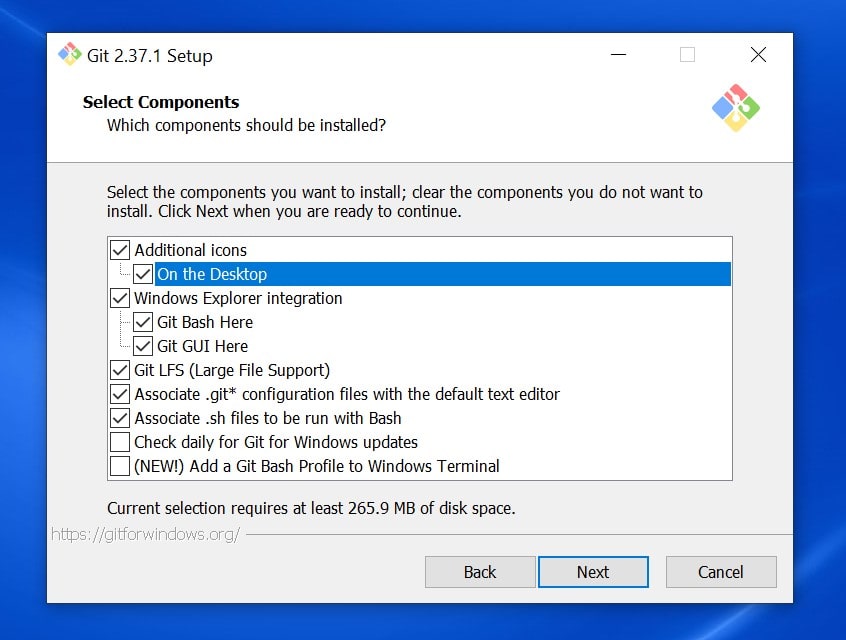

Thus, the first one is used in connection with your local repository, while the latter is used to interact with a remote repository (in our case, your remote source code).

To do that, there are two main commands: Commit to master and Push to origin.Ī commit records changes to the repository, while a push updates remote references along with associated objects. The whole point of git is to keep a record of all the changes that have been made in the code. Press the Clone button and you’ll see the source code being cloned, and after this is done, you can see your repository in the GitHub Desktop application interface. Be aware that the directory must be a new one. You also need to select a Local Path towards the directory where your source code will be cloned. Be aware that in order for the cloning to work, you need to have along with your public key in your known_hosts file. On GitHub Desktop, press the Clone a repository button and paste the selected URL in the window that opens.

Go to the Access Section on our Dashboard (as seen below): or to our Gitea interface and copy the URL from which you will download your source code, which should be something like: forget to replace and with you username and the name of the instance for which you want to clone the source code.) To clone a repository via SSH, you need to introduce your public key on the Managed Hosting Dashboard. Press the Clone button and you’ll be asked to provide a username and a password, which are your Managed Hosting Dashboard credentials.Īfter this is done, your code will be cloned and you will see the GitHub Desktop application interface. It’s not a requirement to name your local folder after your instance, but it’s a good practice. Thus, your source code will be stored in the directory mysite, which is the name of your instance. By default, when you paste the git clone url, Github Desktop fills in the path for your repository, setting also the name of your local repository as the name of your instance. On GitHub Desktop, press the Clone a repository button and paste the selected URL in the window that opens (as shown below).(Don’t forget to replace and with you username and the name of the instance for which you want to clone the source code.) Go to our Gitea Dashboard (as seen below): and copy the HTTPS URL from which you will download your source code, which should be something like.You can get your clone URL from both the Managed Hosting Dashboard (Sites -> Access section), and Next, you have to configure Git with your name and mail, and then the app is ready to use, and should look like in the figure below. Once you have installed the app, sign in into your Github account, if you already have one, or skip the first step. It brings all of git’s functionalities and pairs it with a visually easy interface.įirst, you have to install the Github Desktop App, available at the following link: The easiest way to make changes in your source code is by using Github Desktop.


 0 kommentar(er)
0 kommentar(er)
